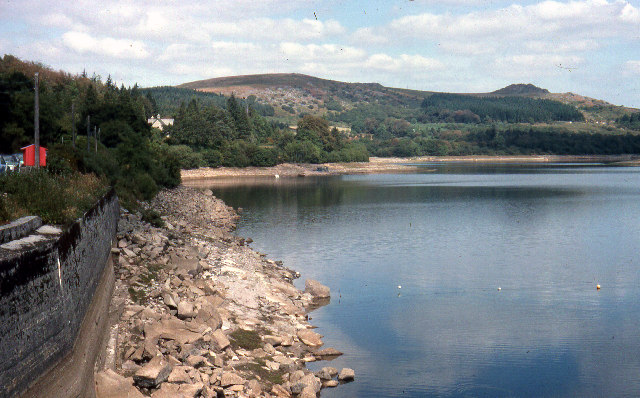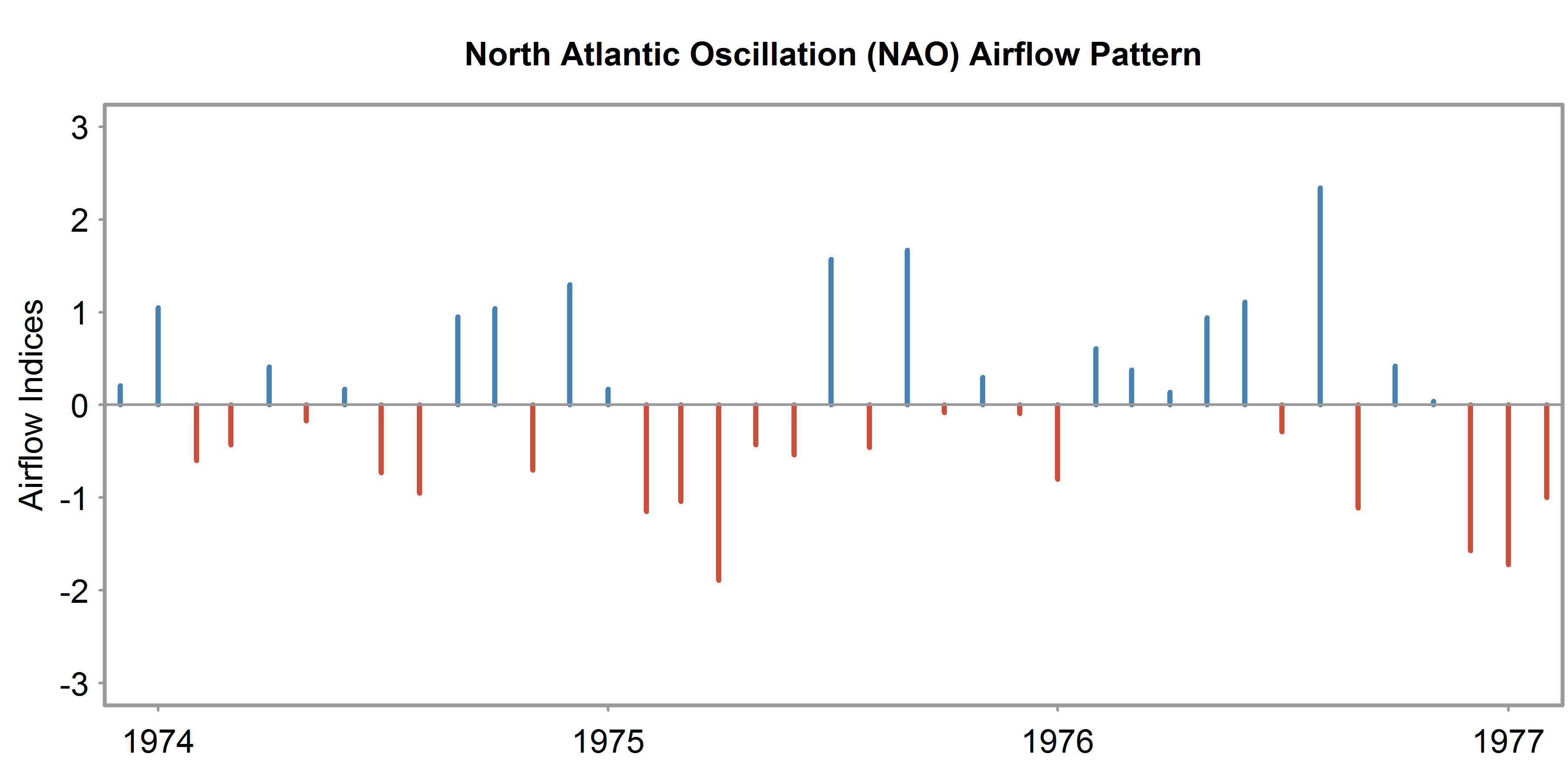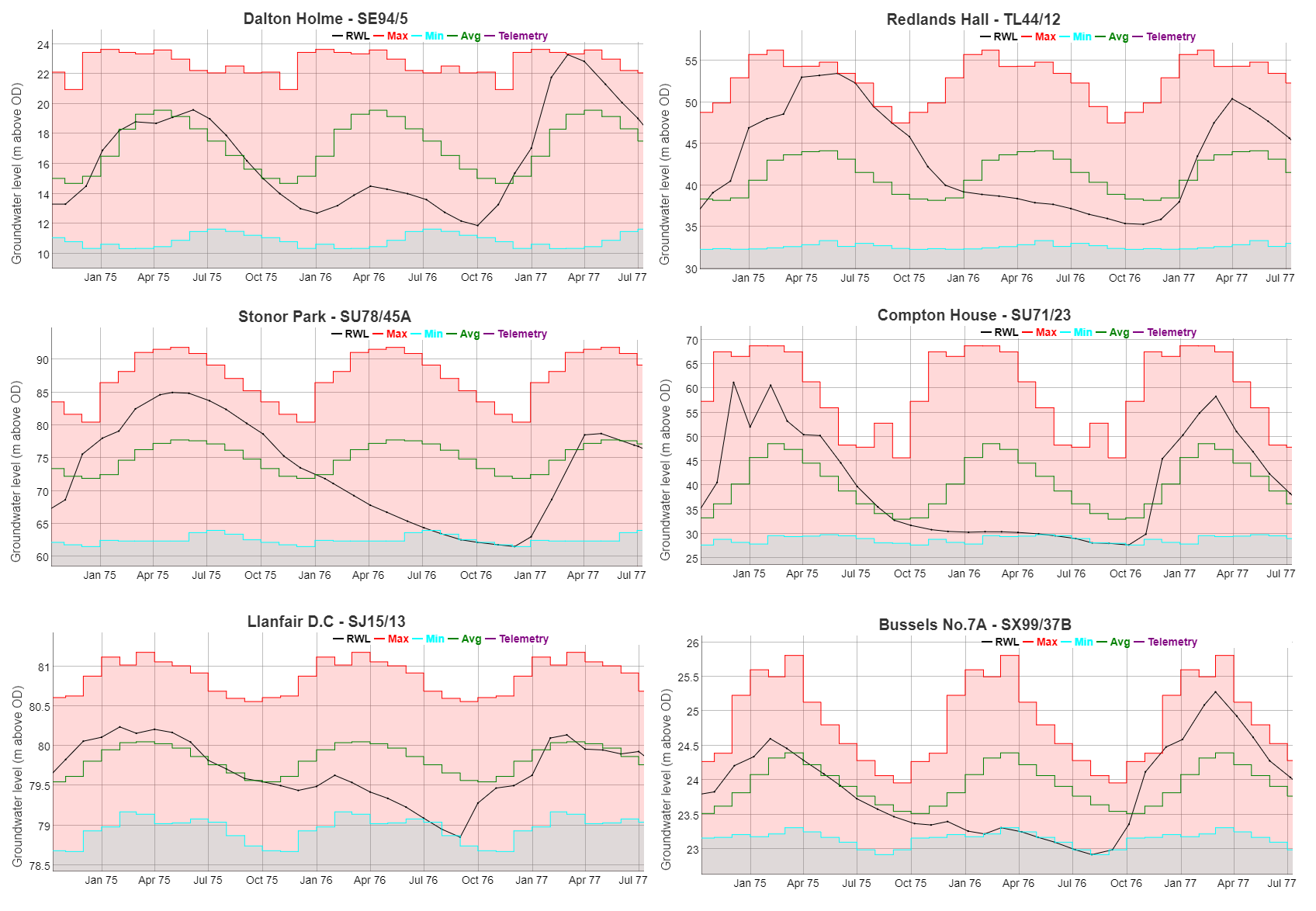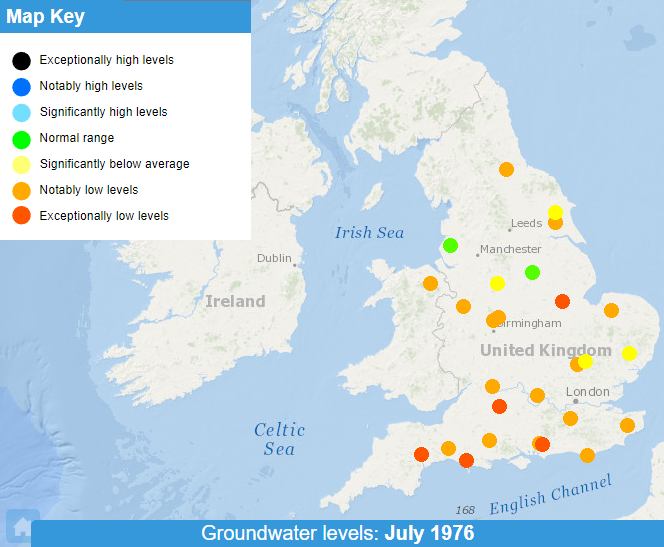It had wide ranging water resources and ecological impacts and is often remembered as a benchmark of droughts in the UK.
The 1975/1976 drought is considered the most severe experienced across much of the UK

Late 1975 and early 1976 were exceptionally dry, and some months during this period had no rain at all in some areas. The drought was at its most severe in August 1976 and in response the parliament passed the Drought Act 1976. The drought had huge impacts on people’s day-to-day lives, on their health, on the environment and caused a shift in the governments attitudes to drought.
Jump to: |
|||||||
 |
 |
 |
 |
 |
 |
 |
 |
 |
After a wet early winter, most months during 1975 from February onwards were drier than average, though March and September were notably wet in south-eastern areas. The following winter was dry, allowing very limited seasonal recharge, and then through 1976 there was a continued succession of dry months, until a very sudden change to wet weather came during September and thereafter. Both those two summers were much warmer than average as well, adding to hydrological stresses. |
The plot below shows the monthly North Atlantic Oscillation (NAO) Index for the periods before, during and after the drought. The NAO is a prominent teleconnection pattern in all seasons, and strong positive phases tend to be associationed with above-average temperatures in northern Europe, whilst negative phases of the NAO tend to be associated with below-average temperatures. There is more information available here.

























 |
River flow deficits start to take hold in the spring of 1975 in the north and west of England and Wales. Although by the summer, the drought had extended to southern and eastern areas and much of the country was in drought conditions by the winter/spring of 1976 (although Western Scotland was slightly less affected). The spring of 1976 saw the largest spatial extent of the event, whilst coverage dropped off over the summer before a dramatic termination in August 1976. Although the focus changed to flooding, deficits in river flows (particularly over the longer-term) persisted until the spring of 1977. Over the long-term, in Eastern Scotland, this event merges with the 1973 event. |
In terms of duration, the 1975-1976 event ranks within the top 10 events in many catchments across the UK, many of which rank within the top three events. When the accumulated deficit is considered however, this event ranks within the top 10 for almost all catchments, comparable only to the 1930s for coherency in its severity. The mean deficit of the event however is most highly ranked in southern and central England, although at longer accumulation periods also becomes important in northern England. The drought event minima rank within the top 10 across the majority of the UK showing that extreme flow deficits occurred nationwide; at the shorter accumulation period, the event in south-east England ranked within the top three events over the whole 125 year period. Although western parts of the UK show mild to extreme deficits over the 1975-1976 event, for many catchments in these parts, in terms of rankings, events were less severe than in more southerly and easterly catchments.
Across most of England and Wales, the minimum river flows registered in the late summer of 1976 have not been approached since – compelling testimony to the singular nature of this drought episode.
 |
The groundwater drought of 1975/1976 was particularly severe given that it was a single year event - the severity of the event being due to the extreme aridity causing in some areas a total lack of recharge during the winter of 1975-1976 and due to a prolonged dry hot late spring and summer in 1976. Groundwater resources were impacted widely across the UK, but particularly in the Chalk of the south and east. |
The drought began in late 1975 in the Permo-Trias of north-west (e.g. Llanfair DC) and south-west (e.g. Bussels No.7) and in parts of the Chalk of the north-east (Dalton Holme) UK where antecedent groundwater levels had been at or above the seasonal averages during the spring and summer of 1975. In parts of the southeastern Chalk (e.g. Redlands Hall and Stonor) the onset of groundwater drought was slightly later in early 1976, due to relatively high groundwater levels in the summer of 1975. Once the groundwater drought formed it progressively intensified across all the major aquifers of the UK reaching a peak intensity in the late summer and early autumn of 1976 when groundwater levels had generally reached their natural base levels; correspondingly outflows from springs had ceased over wide areas, typically a few months after the end of the meteorological drought. For example, groundwater drought in the Chalk aquifer at Dalton Holme and Chilgrove House ended in November 1976 and at Rockley, it ended in January 1977 (Day and Rodda, 1978; Bloomfield and Marchant, 2013), while the meteorological drought ended in early autumn 1976 (Rodda & Marsh, 2011).
Click images to enlarge
 |
 |
The large declines in groundwater levels during 1976 were locally made worse by the effects of public abstraction; for example, in the Lincolnshire Limestone (Rodda & Marsh, 2011). The exceptionally depressed groundwater levels during the latter stages of the drought contributed to an unprecedented shrinkage in the river network. Chalk streams were particularly badly affected (Rodda & Marsh, 2011), and the drying up of boreholes, including for example Rockley borehole near Marlborough (Day & Rodda, 1978), and a significant decrease in borehole yields, e.g. at Newbury and Wantage (Rodda & Marsh, 2011). Flow in the River Lambourn needed to be augmented with pumped groundwater to aid flow to the Thames during August 1976 (TWA, 1977; Wright & Berrie, 1987). A similar pumping scheme took place on the Candover Stream that feeds the River Itchen, with groundwater pumped into the river from hydrogeologically unconnected boreholes, augmenting summer low flows and abstraction near Southampton for public supply (SWA, 1976).
 |
By the summer, many village ponds were dry with an associated loss of both aquatic habitat and visual amenity. In many rivers, drought led to fish kills, mediated by elevated water temperatures. However, for salmon, this only affected that year’s juveniles and they quickly recovered the year after. In the same English & Welsh rivers, invertebrate density and diversity were strongly affected but these had recovered within a year. |
Some public waters were closed because of blue-green algae blooms bought on by the high temperature but the bacteriological quality of water supplies generally remained good throughout the drought. There were few fish mortalities from elevated chloride levels; a greater problem was a saline intrusion in the lower reaches of many rivers. Lack of freshwater flow meant that some salmonids could not migrate upstream and the concentrations of fish in downstream pools attracted poachers. Salmon catches (legal ones) on some rivers were reduced by 50%. In contrast, 1976 was a good spawning year for coarse fish.
In tidal waters, the spring tides brought silt into suspension and contributed to critically low oxygen levels. Inland, oxygen levels were low due to the excessive growth and decomposition of water weeds (in the river Wye for example and many lakes, ponds and ditches experienced both nutrient enrichment and de-oxygenation. The Ouse Washes dried out and were infiltrated by salt water. Artificial ponds were dug for natterjack toads at Saltfleetby and Drigg.
 |
Audio: Recollections of collecting water from standpipes, often in the rain! |
 |
The 1975/1976 drought is remembered as the most severe drought in recent history by many farmers. The south and east of England were the most affected areas, but the extended drought conditions caused significant impacts across the UK. All components of the agricultural sector - arable, horticultural and livestock - were affected. Cereal crops were badly affected by the drought as early as the summer of 1975. In August 1975 spring barley yields on sandy soils in the East and South East of the country were reported to be down by as much as 50% on the previous year. Potato processing factories throughout the UK were hit by an acute potato shortage. |
As potato prices soared, processors struggled to pay open-market prices for supplies for which they did not have contractual arrangements. Potato growers who had irrigation and used it with the greatest effect took advantage of the high prices - but growers without irrigation had many problems. Imports of Dutch potatoes eased the British potato shortage (due to an estimated deficit of around 2 million tonnes). In August 1976, contract growers held negotiations with the potato processors to increase their agreed prices to help offset the heavy losses that growers were facing from the reduced yields on their drought-hit crops.
“Negotiations are now taking place between potato processors and contract growers who face heavy losses on their drought-hit crops. Unless the processors agree to alter the terms of their contracts or pay an unofficial bonus, growers will receive only the negotiated price of about £45 a tonne. But, ware potatoes reached £170 a tonne on the open market this week because of the continuing shortage of supplies” Potato growers face heavy losses, Farmers Weekly, 20 Aug 1976, p 49Extracts from the Historic droughts inventory of references from agricultural media 1975 to 2012
Arid soil conditions impacted severely on grass growth, especially in the south and west of England. In July 1975, farmers in Devon were cutting cash-crop cereals for silage. The demand for straw for feeding stock in the winter of 1975 made it expensive and, as a result, unavailable for bedding. Grass prices in the West Midlands rose by about 20 per cent. The increase was due to the higher cost of hay as a substitute, and because farmers feared that the drought conditions may continue and the scarcity of grass would continue. Farmers rushing to auctions to buy winter fodder stocks forced prices to very high levels. Milk yields fell and supplementary feeding of dairy cows was widespread.
“To relieve the pressure we had meanwhile sent a further lorry load of cattle to rented grass in Sussex. With this reduction in numbers we have been able to shut up a couple of fields for a second cut of silage to add to the 60 to 70 tons of first cut which we made in June” The Editor's diary, Farmers Weekly, 25 Jul 1975, p 34Extracts from the Historic droughts inventory of references from agricultural media 1975 to 2012
Irrigators in many parts of the country faced abstraction bans due to low river flows in 1975 and 1976, including in south Worcestershire and Lincolnshire (one of the worst-hit drought areas).
 |
A major summer drought – Parliament swings into action and starts to reform the legislative framework for managing water resources: The Drought Act 1976 and later the Water Charges Equalisation Act 1977 is passed. |
In May 1976, the first debates on whether the set-up of the water industry was best suited for dealing with the water crisis are taking place in Parliament. Towards the end of May, the case is made for the establishment of a National Water Authority to be entrusted with the strategic and long-term planning of the management of water resources. Calls for establishing this institution are directly linked to the drought. Transporting water from one region to another are also seen as a possible solution to the crisis. By mid-June, drought orders affected roughly one-third of the country. By early July, Parliament discusses the introduction of a Drought Bill, which is proposed as an urgent regulatory response to the drought. While the Drought Bill is put forward by the Government as an emergency measure, linked to the appointment of Dennis Howell as Drought Supremo, it becomes apparent - once the drought has broken in the autumn - that the Government is keen to maintain so-called ‘reserve powers’ that can be activated in case of future need. When the Water Charges Equalisation Act 1977 is discussed (November – January), it also becomes apparent that the Government had intended to implement a restructuring of the water authorities even before the 1976 Drought. The Water Charges Equalisation Act 1977 is seen as a necessary measure to better deal with drought in the future.
 |
Audio: Recollections of collecting drinking water from standpipes |